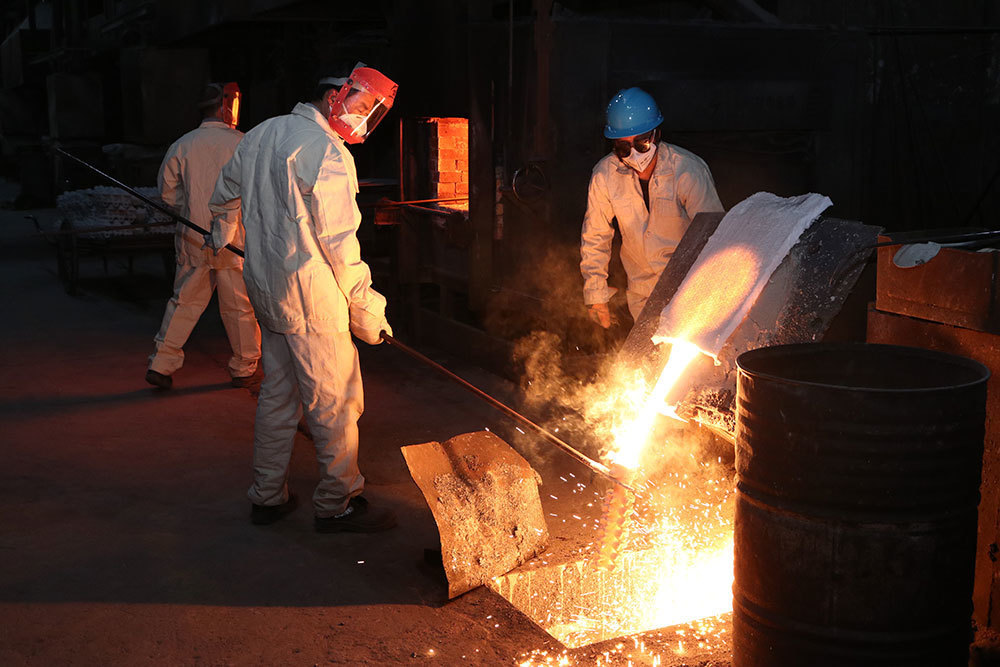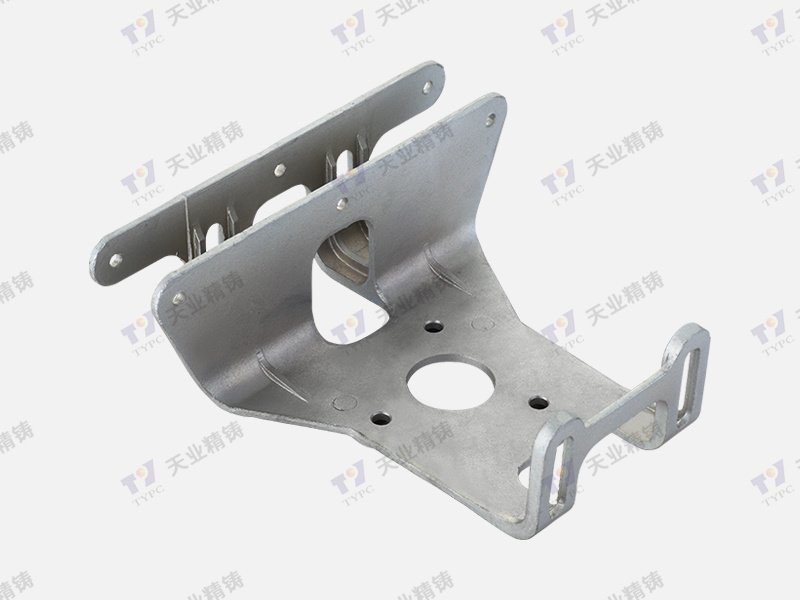2025-04-16
Understanding Heat Resistant Steel Casting: A Key Component in Industrial Applications
Heat resistant steel casting is specifically designed to withstand elevated temperatures while maintaining its structural integrity and mechanical properties. This material is vital in industries such as power generation, aerospace, and chemical processing, where components often encounter extreme thermal conditions.
One of the primary characteristics of heat resistant steel casting is its ability to endure high temperatures without deforming or losing strength. This is achieved through the careful selection of alloying elements, which enhance the material's thermal stability. Common alloying elements include chromium, nickel, and molybdenum. These elements not only improve heat resistance but also contribute to the overall corrosion resistance of the steel.
When considering heat resistant steel casting for your projects, it is essential to understand the various grades available. Each grade is designed for specific applications, with varying levels of heat resistance, toughness, and oxidation resistance. For instance, certain grades are better suited for applications involving thermal cycling, while others are optimized for prolonged exposure to extreme temperatures.
Another important aspect to consider is the casting process itself. Heat resistant steel can be manufactured through various casting methods, including sand casting, investment casting, and lost foam casting. The choice of method depends on factors such as the desired complexity of the component, production volume, and budget constraints. Each casting technique has its advantages and can significantly impact the final properties of the heat resistant steel castings.
In addition to material properties and casting methods, post-casting treatments can further enhance the performance of heat resistant steel components. Processes such as heat treatment, machining, and surface finishing can improve the mechanical properties and surface characteristics of the final product, ensuring it meets specific application requirements.
Furthermore, proper maintenance and inspection of heat resistant steel castings are vital for ensuring their longevity and reliability. Regular checks for wear and tear, corrosion, and other forms of degradation can help identify potential issues before they lead to failure, thus maintaining operational efficiency.
In summary, heat resistant steel casting is an indispensable material in the industrial sector, offering a combination of high-temperature performance and durability. When selecting heat resistant steel for your applications, consider the material's properties, casting methods, and post-processing options to ensure optimal performance in your specific environment. By understanding these factors, professionals can make informed decisions that enhance the reliability and efficiency of their industrial equipment and components.
One of the primary characteristics of heat resistant steel casting is its ability to endure high temperatures without deforming or losing strength. This is achieved through the careful selection of alloying elements, which enhance the material's thermal stability. Common alloying elements include chromium, nickel, and molybdenum. These elements not only improve heat resistance but also contribute to the overall corrosion resistance of the steel.
When considering heat resistant steel casting for your projects, it is essential to understand the various grades available. Each grade is designed for specific applications, with varying levels of heat resistance, toughness, and oxidation resistance. For instance, certain grades are better suited for applications involving thermal cycling, while others are optimized for prolonged exposure to extreme temperatures.
Another important aspect to consider is the casting process itself. Heat resistant steel can be manufactured through various casting methods, including sand casting, investment casting, and lost foam casting. The choice of method depends on factors such as the desired complexity of the component, production volume, and budget constraints. Each casting technique has its advantages and can significantly impact the final properties of the heat resistant steel castings.
In addition to material properties and casting methods, post-casting treatments can further enhance the performance of heat resistant steel components. Processes such as heat treatment, machining, and surface finishing can improve the mechanical properties and surface characteristics of the final product, ensuring it meets specific application requirements.
Furthermore, proper maintenance and inspection of heat resistant steel castings are vital for ensuring their longevity and reliability. Regular checks for wear and tear, corrosion, and other forms of degradation can help identify potential issues before they lead to failure, thus maintaining operational efficiency.
In summary, heat resistant steel casting is an indispensable material in the industrial sector, offering a combination of high-temperature performance and durability. When selecting heat resistant steel for your applications, consider the material's properties, casting methods, and post-processing options to ensure optimal performance in your specific environment. By understanding these factors, professionals can make informed decisions that enhance the reliability and efficiency of their industrial equipment and components.









